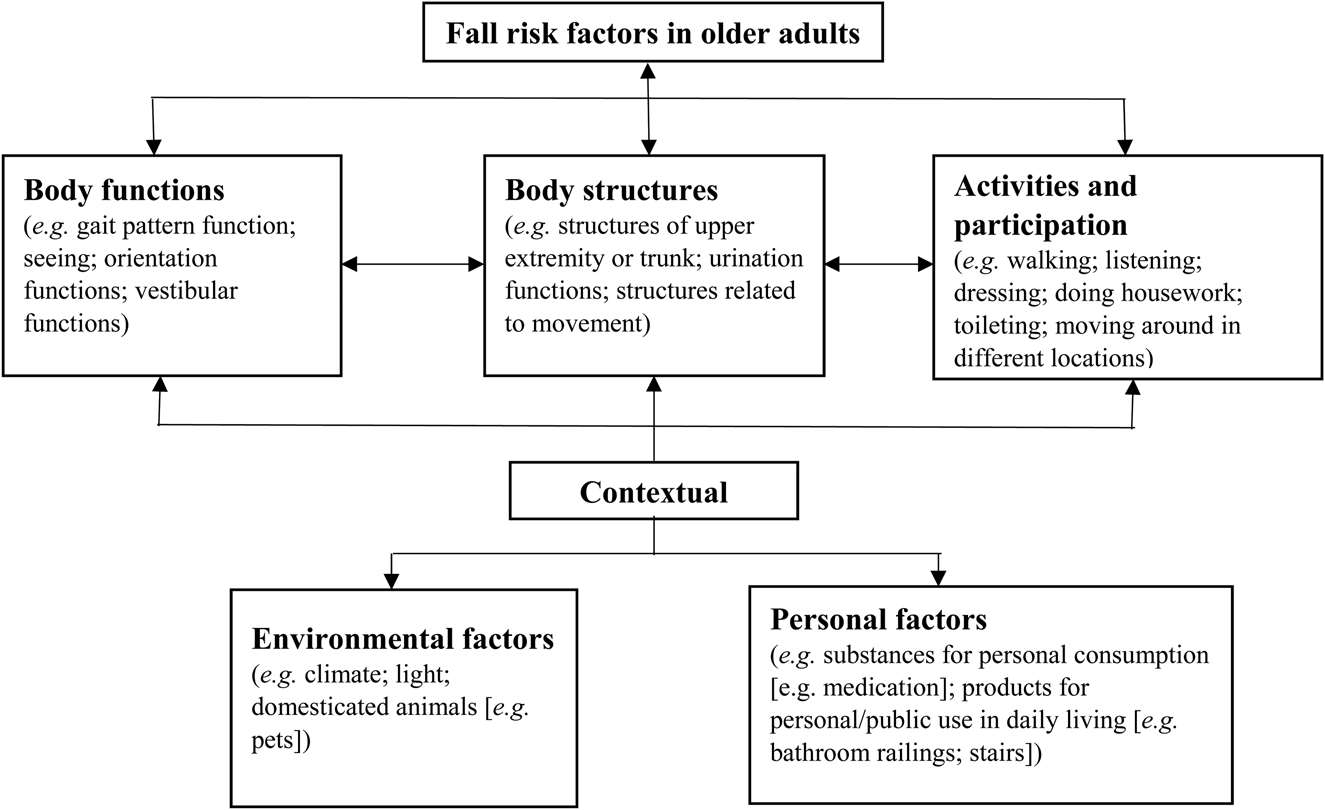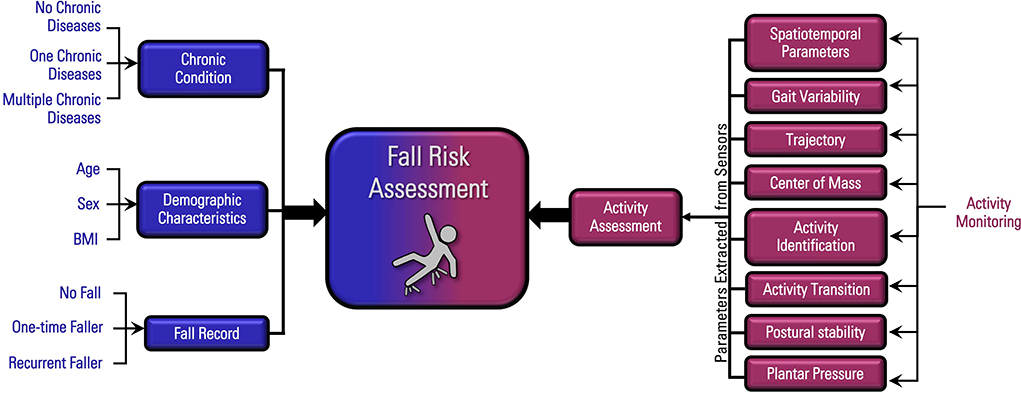The 2-Minute Rule for Dementia Fall Risk
Table of ContentsThe 8-Minute Rule for Dementia Fall RiskSome Of Dementia Fall RiskSome Of Dementia Fall RiskSome Known Factual Statements About Dementia Fall Risk The 9-Second Trick For Dementia Fall Risk
Nevertheless, based upon indicators and signs and symptoms, such as evidence of head injury or a new focal neurologic deficit, computed tomography or MRI of the brain may be suggested - Dementia Fall Risk. An analysis for reasons of syncope need to be conducted only if there is solid uncertainty, as in the instance of reoccurring, unusual falls
Medical care companies use an autumn risk analysis to identify your danger factors for dropping and make useful recommendations. An autumn risk evaluation is important since knowing which aspects increase your possibilities of dropping helps you: Lessen your risk of falling or injuring yourself.
Maximize your capability to relocate and be energetic. Maintain a healthy, independent life. All adults 65 years and older must have a first loss risk screening. Your doctor could ask you whether you: Feel unsteady when standing or walking. Have fallen in the past year. Worry about falling. If you answer yes to any of these questions, your doctor will advise an added, more extensive examination.
Dementia Fall Risk Can Be Fun For Anyone

, and objectives specifically customized to clients that are at risk for drops. A is defined as an occasion that results in a person coming to relax inadvertently on the ground or flooring or various other lower level (WHO, 2021).
According to the Centers for Illness Control and Prevention (CDC),, creating over 34,000 fatalities for that age team. Dropping is the 2nd leading cause of fatality from unintentional injuries around the world. Fatality from falls is a significant and native to the island issue amongst older individuals. It is estimated that autumn death rates in the U.S

Annually, over 800,000 people are hospitalized because of falls. Nurses play a major function in protecting against falls for their patients through education, examining loss threat, developing more secure settings, and providing interventions in preventing injuries from falls. Numerous threat factors and conditions contribute to drops, consisting of the following:. Matured 65 years and older; reduced arm or leg prosthesis; usage of assistive tools such as pedestrian, crane, and mobility device; living alone.
Individual will demonstrate discerning prevention measures. Patient and caretakers will certainly execute techniques to increase safety and security and protect against drops in the home. Falls are due to numerous aspects, and a holistic method to the individual and setting is necessary. Expect a person check my reference is taken into consideration at high danger for drops after the testing.
Getting The Dementia Fall Risk To Work
A needs making use of a validated device that scientists have actually examined to be valuable in naming the sources of falls in an individual. As an individual's health and wellness and situations modification, review is required. The degree of autumn threat can be determined utilizing the analysis of inherent and external factors. Requirement evaluation devices can additionally be made use of (discussed below).
Individuals are a lot more most likely to drop once again if they have actually sustained one or more drops in the previous 6 months. The older population is at enhanced risk of fall-related readmissions based on a study identifying the factors anticipating of repeat drops connected outcomes (Prabhakaran et al., 2020).
Additionally, read more complication and damaged judgment enhance the patient's opportunity of dropping. The ability of individuals to secure themselves from falls is affected by such variables as age and advancement. Older people with weak muscular tissues are most likely to drop than those who maintain muscular tissue stamina, flexibility, and endurance. These adjustments include lowered visual feature, impaired shade understanding, change in facility try these out of gravity, unsteady stride, decreased muscular tissue stamina, decreased endurance, modified deepness understanding, and postponed reaction and response times.
The Buzz on Dementia Fall Risk
Much less contrast sensitivity was rather related to both increased rates of falls and other injuries, while reduced visual skill was just connected with raised loss rate (Wood et al., 2011). Sensory perception of environmental stimuli is vital to safety and security. Vision and listening to problems restriction the person's ability to perceive hazards in the surroundings.
Older adults who have poor equilibrium or trouble strolling are more probable to drop. These troubles might be connected with absence of exercise or a neurological cause, arthritis, or other clinical conditions and treatments. An essential threat variable highlighted in a research is that grownups with rheumatoid joint inflammation are at high risk of falls, consisting of puffy and tender reduced extremity joints, tiredness, and use of psychotropic medications (Stanmore et al., 2013).